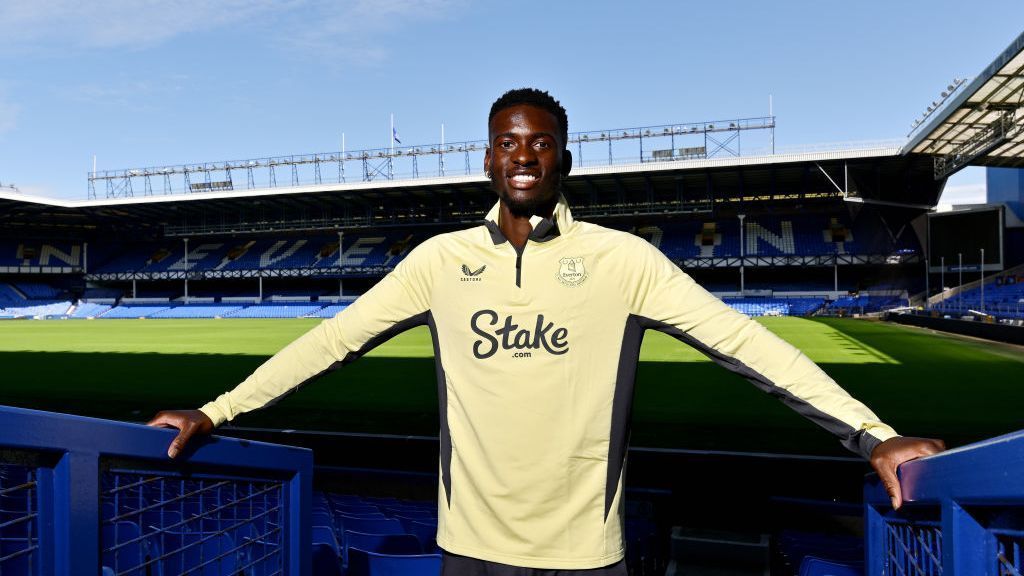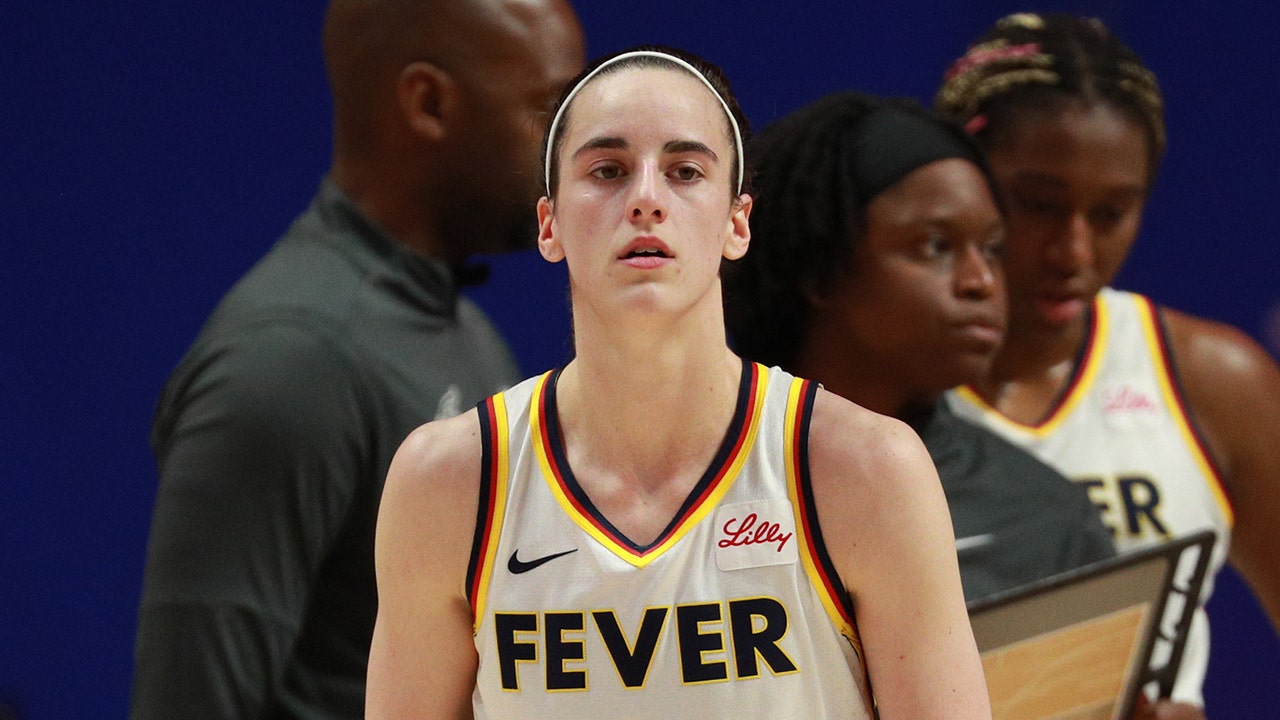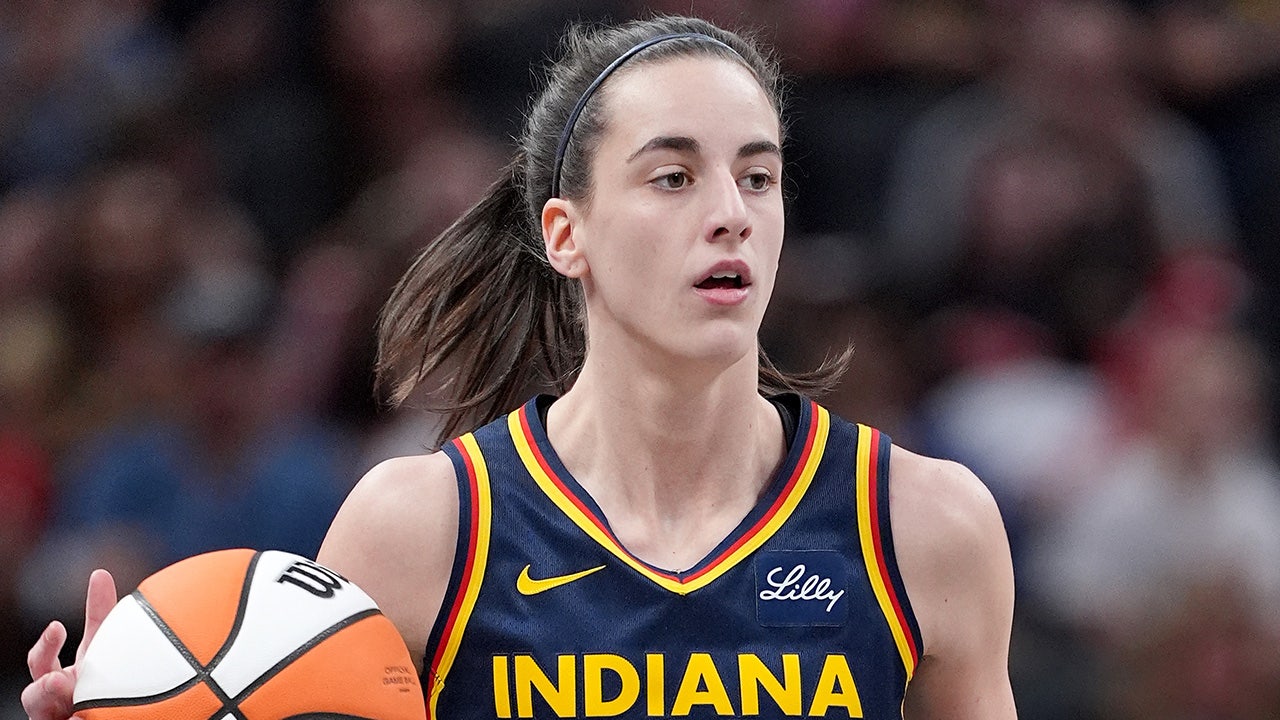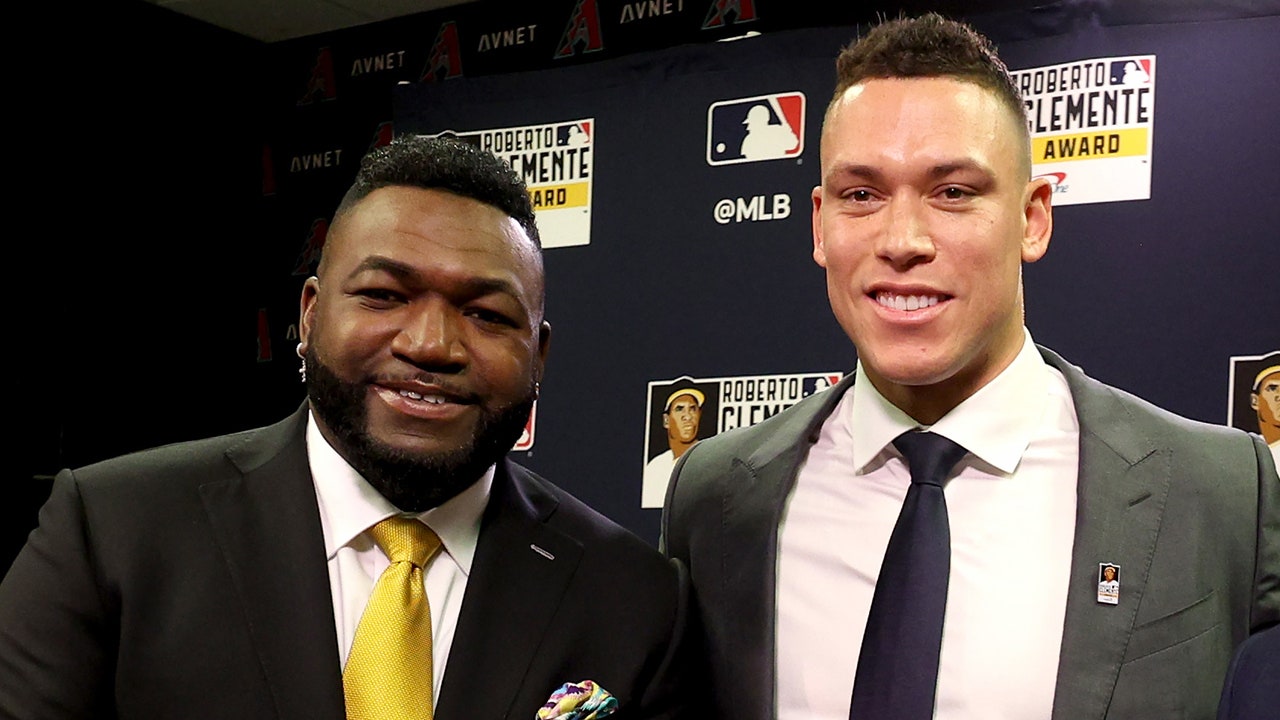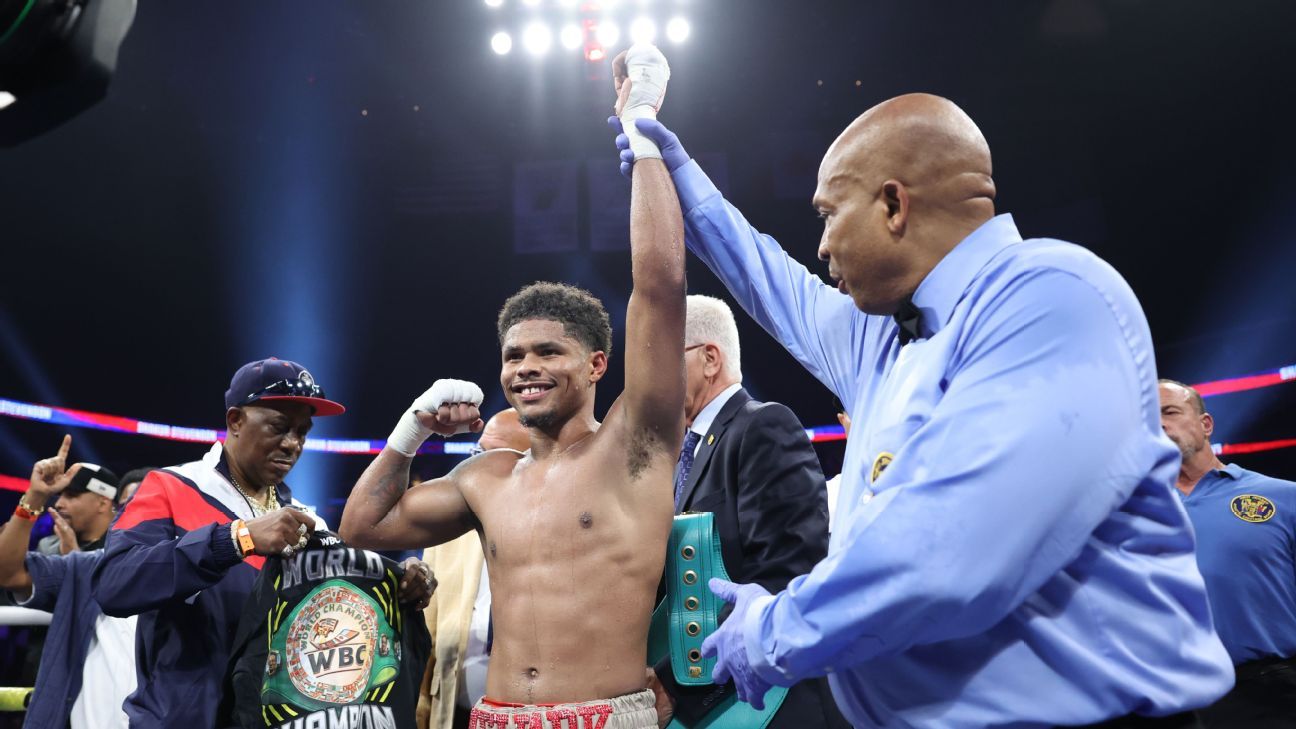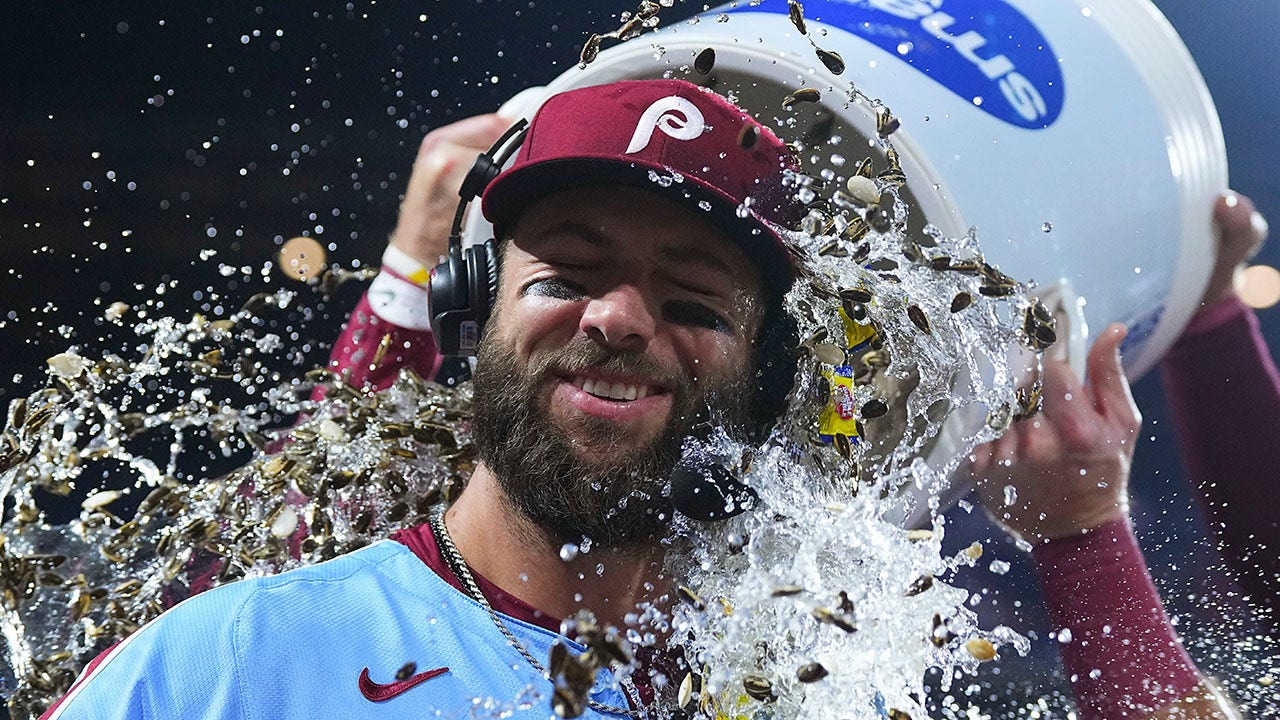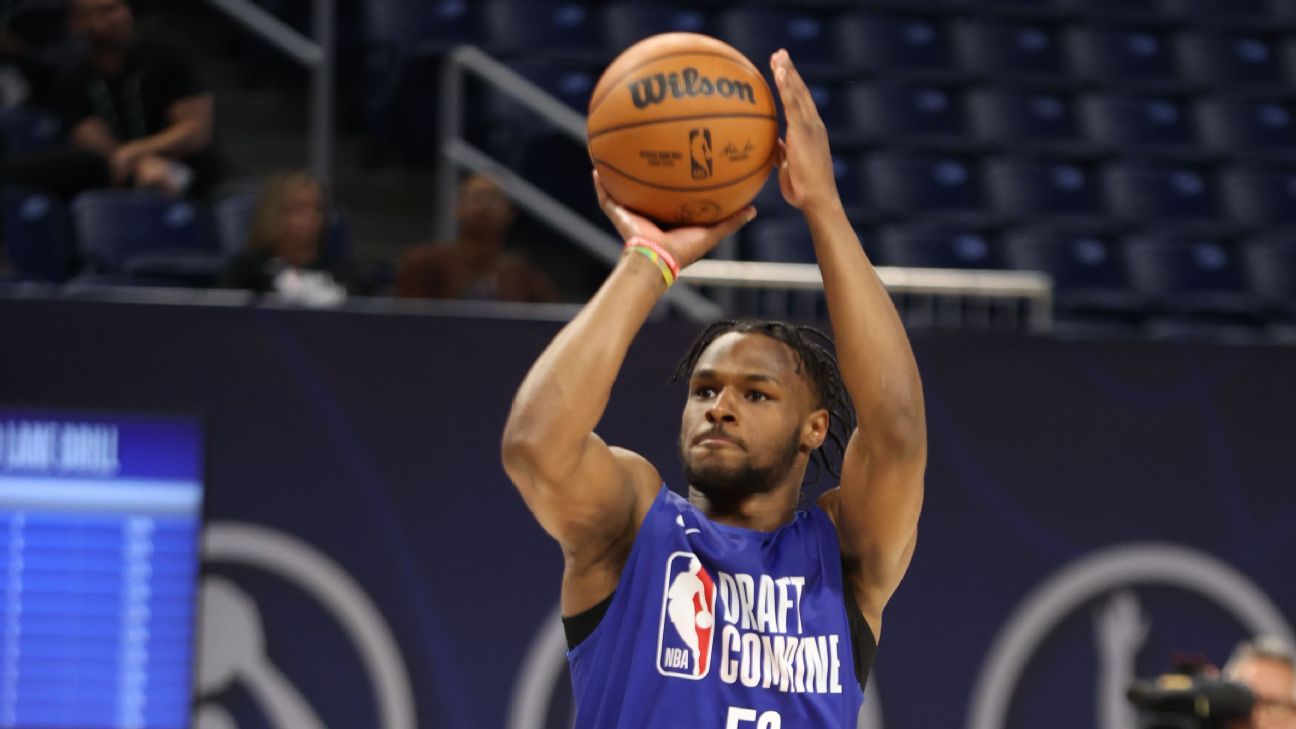It was inevitable that this would happen once financial rules (such as the Premier League’s Profit and Sustainability Rules) were tightened. Accounting principles and the ability to exploit them became important to clubs, such as hiring a scout who could unearth a promising youngster. And so we end up with de facto swap deals that don’t look right to most observers.
We'll get to how these work in a minute, but there are two things to keep in mind here.
The first is that, at least as far as the cases we have witnessed in the Premier League are concerned (Tim Iroegbunam and Lewis Dobbin between Everton and Aston Villa; Ian Maatsen and Omari Kellyman between Chelsea and Villa; Douglas Luiz and Samuel Iling Jr and Enzo Barrenechea between Villa, again, and Juventus), these are not examples of cheating. Rather, it is simply a case of making the system and the letter of the law work, and any benefits the clubs make now will have to be justified in the future. There is no “cooking the books” and generating money out of thin air in perpetuity. Although the Premier League reportedly wrote to all 20 clubs last week to warn them that such transfers will be closely scrutinised.
The second is that there are mechanisms in place to prevent the most flagrant excesses, some of which are already in place. And in any case, if one believes that it is good for clubs to be financially sustainable because it is good for the entire ecosystem of the game, a summer or two of “rare” signings is a price worth paying. It is a sign that clubs are serious about regulation, perhaps after seeing their brethren (specifically Nottingham Forest and Everton) punished with points penalties last season.
What regulation are we talking about? Well, the Premier League has a PSR, which caps the losses a club can run up over a three-year period. Some expenditure (infrastructure, youth development, women's football) is considered “virtuous” and not included in the calculation, but without getting too technical, the point is this: there is a limit to how much each club can lose over a consecutive three-year period, and if they exceed it, they are penalised. And as most clubs' accounting periods end on 30 June each year, if their books are not in good shape, there is an incentive to transfer players for a fee before 1 July in order to comply with the loss limit.
(It's worth noting that UEFA has its own set of regulations (actually, multiple sets of regulations) for clubs playing in European competitions like the Champions League, but we'll leave that aside for now.)
The easiest way to raise money quickly in football, of course, is to transfer players for a fee. The only problem is that players are usually worth whatever someone is willing to pay to sign them, and since acquiring clubs know which clubs need to raise funds and the transfer window doesn't close until August 31 (meaning there isn't much “panic buying” in June), it's hard to maximise the fee if you're trying to transfer a player early in the summer.
Enter the “exchange deal,” which may sound funny and seem like some kind of accounting trick, but is actually in line with accounting practices. It is based on the fact that when a player is transferred for a fee, that fee is accounted for as profit immediately, whereas when a player is acquired, the transfer fee is spread over the duration of the contract.
We'll use the biggest of them all, the Miralem Pjanic for Arthur swap between Juventus and Barcelona, to illustrate this point.
According to figures from the excellent Swiss Ramble blog, Barcelona acquired Arthur in 2018 for €30m and gave him a six-year contract, meaning €5m of that cost would remain on their books every year until 2024 (a concept known as “amortisation”). In 2016, Juventus signed Pjanic for €35m and gave him a five-year contract, followed by a two-year extension, in 2018. That meant that when the Arthur-Pjanic swap happened (in 2020), Arthur’s transfer had a book value of €20m (the residual amortisation of his fee) while Pjanic’s was €13m (because the two-year extension stretched things out further).
At that time, Juventus transferred Pjanic to Barcelona for €63 million, while Arthur did the opposite for €72 million. This allowed Barcelona to make a profit of €52 million (€72 million less its book value of €20 million) and Juventus a profit of €50 million.
That was one of the more extreme cases. Nowadays, people look at deals like Iroegbunam (21, 164 league minutes in 2023-24) moving to Everton for a fee of £9m, while Lewis Dobbin (21, 232 league minutes in 2023-24) does the opposite for £10m and see something similar happen.
Officially, these are entirely separate deals that fall on similar dates. But, given that both players had negligible book value and that Iroegbunam was given a three-year contract (hence his £9m signing costs £3m a year), Swiss Ramble estimates that Everton made around £7m from that deal. The length of Dobbin’s contract was not disclosed, but assuming he is signed for four years (i.e. £2.5m in amortisation) then Villa make a profit of £6.5m.
Some will be outraged by what they see as a mere accounting gimmick. To most ordinary people, the idea that you can trade two players in their 20s who are unlikely to have significant top-flight careers and generate millions out of nothing seems somehow wrong.
There are a few things worth pointing out here. First, while players no doubt appreciate the concern for their humanity, the fact is that their employers run a business and treat them as productive (and depreciating) assets, like a farmer with his new tractor. And that applies to American sports, too, by the way, which is why old tractors that cost a lot to maintain (i.e. stars with expensive contracts) are sometimes traded for the right to pick up a shiny new tractor at the county fair (or the NFL draft).
The difference here is that unlike tractors (and most NFL or NBA athletes), football players can refuse any move. They may be assets that can be monetized, amortized, and traded on a spreadsheet, and that can be dehumanizing to some, but they always have the right to say “no” and wait to be granted agency freedom. If they say “yes,” they can usually demand a new and improved contract for their trouble. And no, it probably won’t derail their careers, either: They’re still playing professional football.
Secondly, while deals like these may be a short-term solution for the clubs involved, they have long-term consequences. The incoming player’s transfer fee can be amortised and you make a profit straight away, but then you’re on the hook for the duration of his contract. Put another way, it will cost Everton £3m to have Iroegbunam in their ranks in 2025-26, and the same again in 2026-27 unless they extend his contract, meaning they’ll simply spread the costs even further. Or unless they transfer him elsewhere, but then they’d have to recoup at least £6m for him next summer or lose money. All of which means Iroegbunam would need to contribute, otherwise this will be a bad deal. The same goes for Dobbin.
Regulators don’t like this, partly because it seems a bit dubious, partly because it doesn’t do much to address their ultimate goal: financial stability and clubs operating within their means, as costs are simply rolled over into future seasons. The problem is that, as prosecutors in Italy discovered when they went after Juventus over some of its deals, transfer fees are ultimately subjective. They were able to deduct points from Juventus not because they could prove the deals were inflated, but because they had access to wiretaps and evidence from a separate police investigation in which club officials spoke openly about what they were trying to do and why they were doing it. Without that evidence (and, let’s face it, no club is going to admit in public that it’s conspiring with another club to inflate transfer values for accounting reasons), this becomes tricky for the police.
0:50
Newcastle set £150m price tag for Alexander Isak
Gab Marcotti does not believe Chelsea can afford the £150m transfer fee Newcastle are believed to have paid for Alexander Isak.
UEFA isn't even trying. It passed legislation stating that if two players move in opposite directions during the same transfer window, for the purposes of financial regulations, their transfer value will be the lower of the actual fee and the amortized residual value on the books. In the case of homegrown players, this would normally be zeroThe Premier League, on the other hand, introduced rules to determine “Fair Market Value” based on a set of criteria which you can read here on page 607 (yes, really…)
But the problem here is that, as with “fair market value” in sponsorship deals, there is a lot of subjectivity involved and, as we have seen, they are vulnerable to legal challenges, so it is unlikely that any of these deals will be investigated.
Actually, that part is fine. We're not talking about fraud here: we're talking about short-term gains in exchange for long-term suffering. If that's the price to pay for a sustainable sport, I'm fine with it as long as the rules are enforced and applied fairly and equitably.
As for the financialisation of players and their conversion into marketable assets, well… where have you been in the last 10 years? And not just in football, but across the pond too. Just listen to those general managers talk on draft day. It's not just the analytics nerds who are in charge now, it's the accountants too. Financial sustainability rules have only accelerated the process.

